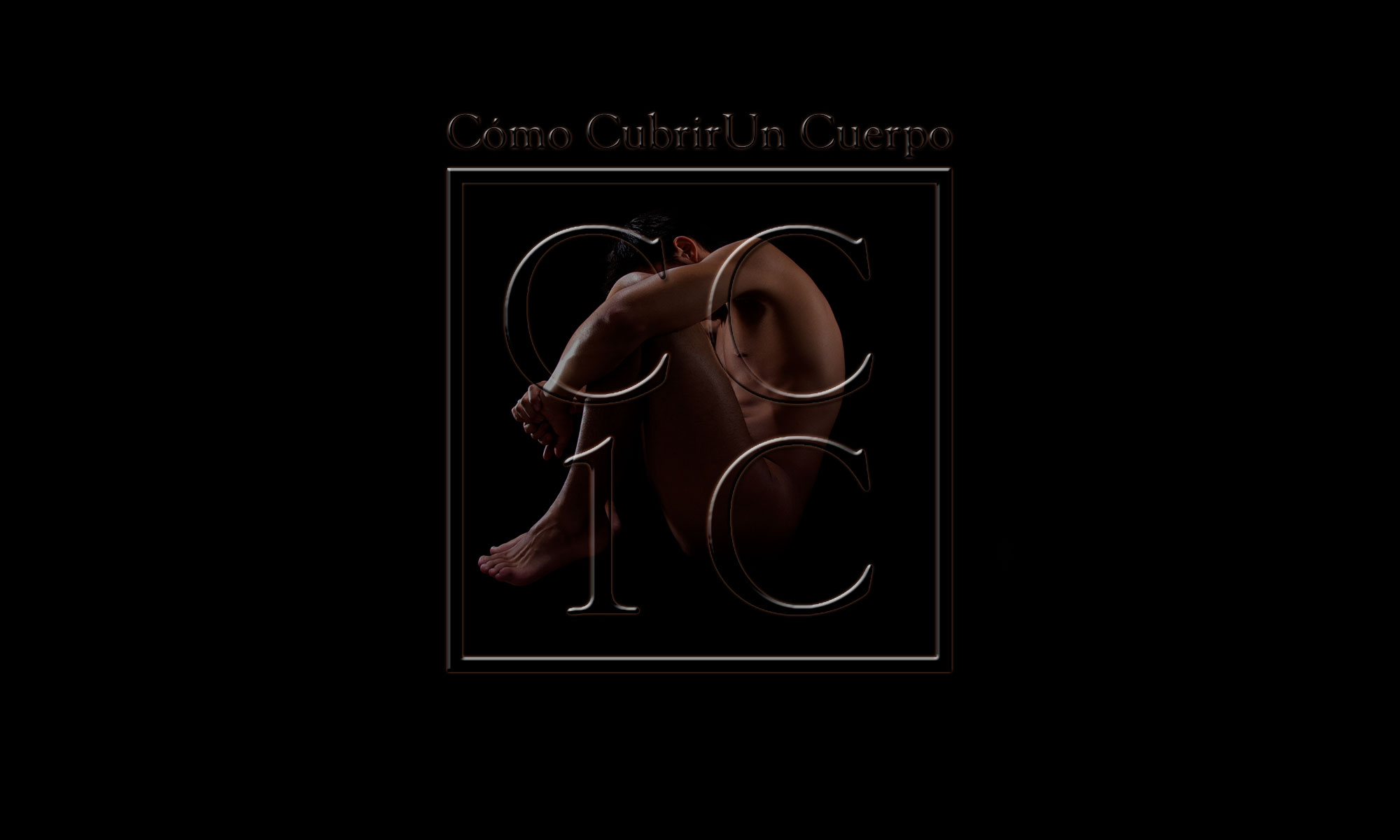The male cut is the basis of the female cut
Men and women are structurally equal but morphologically different.
The woman accumulates a greater amount of fat and develops mammary glands. The male morphology is more like the bone structure of the man than the female.
In the upper garments patterns, having the same rib cage, the chest contour of the woman is greater than that of the man.
The increase in the female breast outline compared to the masculine one at the back and lateral part (before the breasts) is constant. From the beginning of the breasts to the middle of the front, the contour line of the woman stops being parallel to that of the man. The increase of the chest at the front is not proportionally constant. The woman’s outline is proportionally greater than the man’s is.
Wrapping a solid body is easier then wrapping a soft body. Imagine wrapping two gifts: a box of chocolates and a teddy bear.
The packaging of the hard one will be much easier than that of the soft one, especially if the first has a regular shape. The result of the teddy bear package will probably be less attractive than that of the box of chocolates.
If we make a single package with the two objects, one part of package will be more attractive, that of the box. To make the package, it will be easier to place the box on the wrapping paper and on top of it the teddy bear, because we will star the package in the rigid part.
The easiest and more attractive package will be that of the box of chocolates and the most difficult package with unpredictable results that of the teddy bear.
The simile of packages helps us to introduce the difference between male and female cutting.
Male cutting dresses a completely structured body (like a box of chocolates), female cutting dresses a semi-structured body (like a box of chocolates topped with a teddy bear).
The male cutting pattern conceptually and chronologically in the fashion history precedes the female cutting pattern.
The first treatises abounded in the explanations for the masculine tracings and at the end of their books them; they suggested some pattern to develop the feminine cutting.
The female pattern, like the package with the two objects, must begin with the rigid structure, that is, at the back.
We can draw a series of conclusions:
Male pattern design is based on the structure of the body. The female cutting is masculine cutting with a series of modifications to include the morphological differences of the feminine body.
A person who knows how to trace masculine patterns could alter their paths to transform them for the female body. Applying the rules of female patterns to male tracings does not work.
Many academies have reversed the learning process. We cannot have a solid cutting knowledge if we start developing patterns for women without the knowledge of masculine ones. You cannot start a house by building the roof.
Second conclusion: the pattern should start with the piece that contains most of the bone structure. The superior patterns should begin tracing at the back.
The female cutting is a sub section of male cutting; it is only one more conformation. For example, we will draw the trousers of a pregnant woman as the male obese ones, with few differences.
We consider feminine upper garment patterns as a very developed pectoral male conformation patterns. The women’s patronage is one more conformation of the male body, even if it seems a politically incorrect sentence.

We see that the parts that are closer to the body structure in the female breast contour are the back and side body (that means before the beginning of the breasts). Look at the image of the chest sections that we showed in the previous post.
To conclude this section we can say that the pattern of the female upper garments distributes the back and the body-side pieces in the same way as the masculine upper garments pattern. It only differs at the front due to development of breasts.
